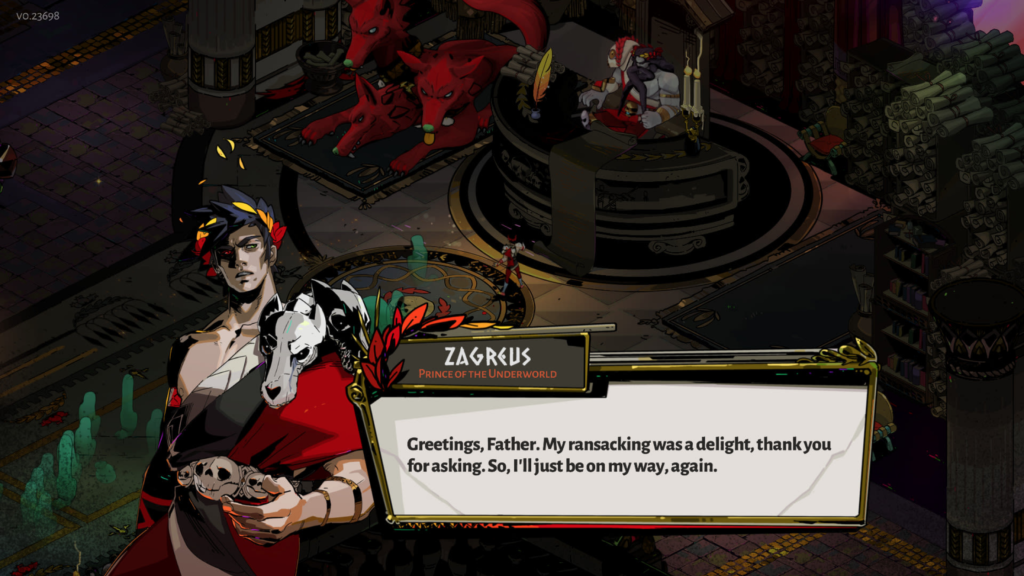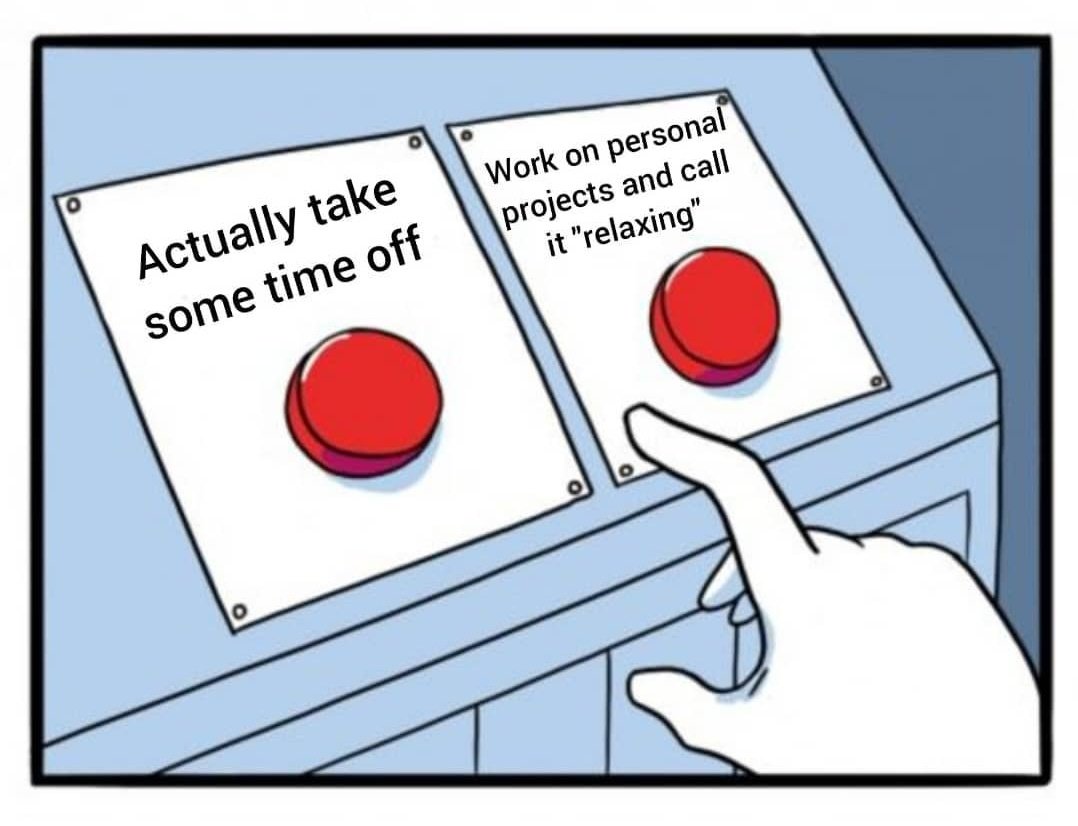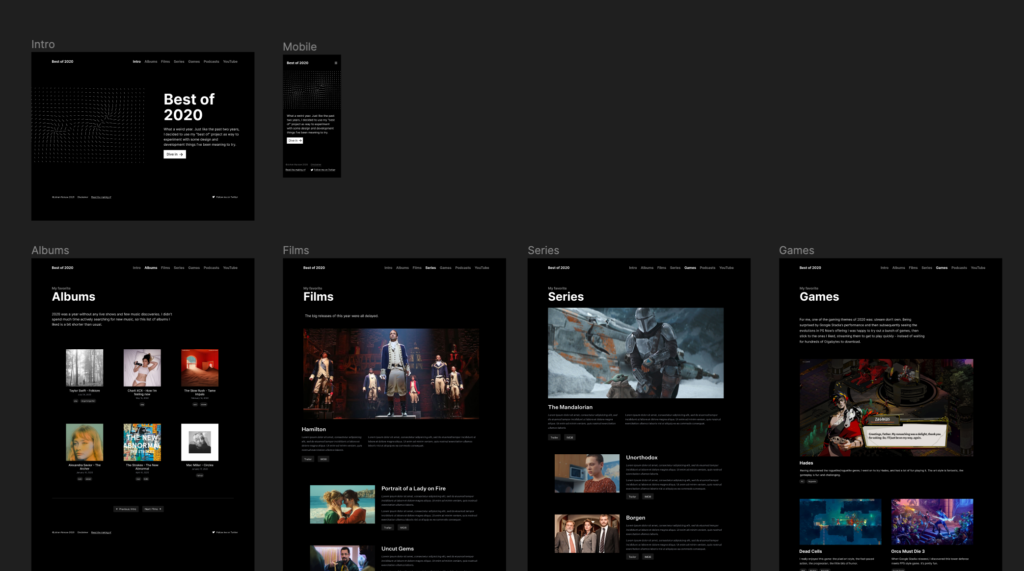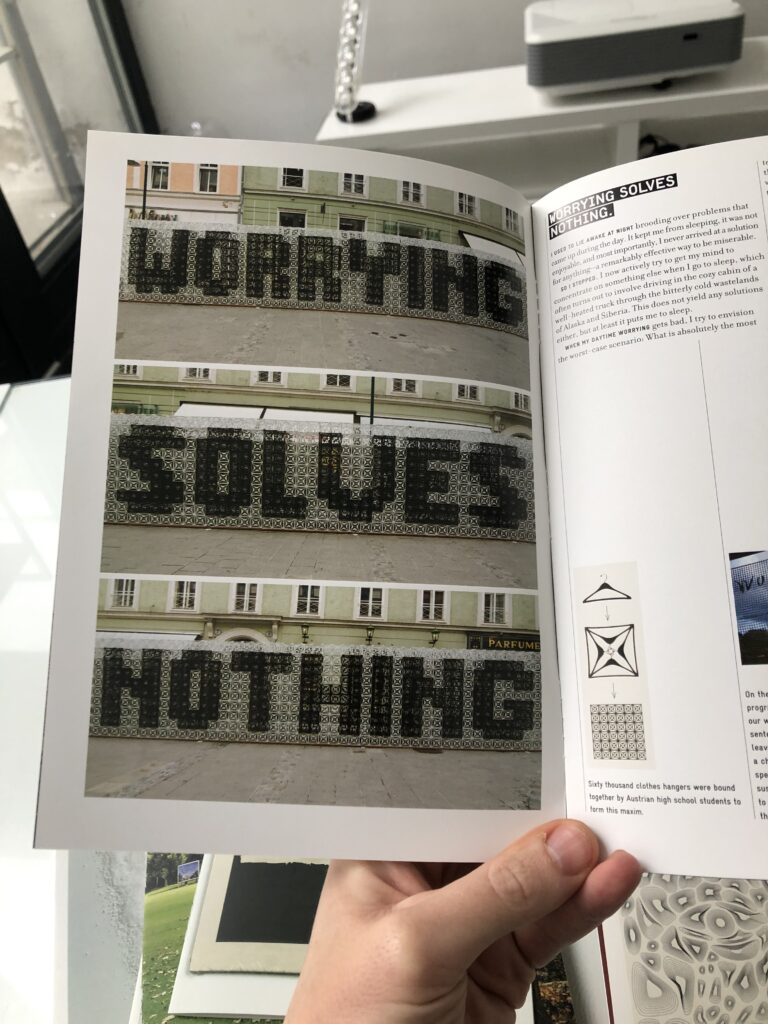Als je geïnteresseerd bent in politiek, dan is de Afspraak op Vrijdag van gisteren wel de moeite. Het had eigenlijk over de Amerikaanse politiek moeten gaan en wat er deze week gebeurd is in de VS, maar het werd uiteindelijk weer de grote Bart de Wever-show, maar gelukkig met een goeie sparringpartner: Liesbeth van Impe. Respect voor die vrouw en het tegengewicht dat ze kan bieden.
We weten dat de N-VA, niet in de federale regering, in een moeilijk parket zit. En ook al zijn het nog geen verkiezingen, de permanente verkiezingsshow blijft door gaan.
Meneer De Wever weet waar zijn kiespubliek zit: bij Vlaams Belang. Hij heeft al 17 jaar de kans gehad om te bewijzen dat een rechts-liberaal beleid met een onafhankelijk Vlaanderen zou kunnen werken, maar hij heeft nooit genoeg aan de knoppen gezeten om effectief iets te kunnen veranderen, dus de plaat blijft hangen: het is een systeemfout.
We moeten het systeem veranderen, en dan pas kan er iets veranderen. Dat heeft hij al uitgebreid kunnen komen vertellen in de media, ook al claimt hij zelf dat hij geen podium heeft.
Wat kregen wij als kijkers te zien gisteren? Een soort rare redenering waar ik eigenlijk niet aan uit kan. Ik denk dat het soms een beetje clasht in De Wever zijn hoofd als het gaat over zijn echte mening tegenover de mening waarmee hij een bepaald kiespubliek wil terugwinnen.
Luister eens naar dit fragment:
In één minuut somt hij een soort niet-exhaustieve lijst van mensen op die misnoegd zijn en zich mogelijks niet gerepresenteerd voelen.
Met veel bokkesprongetjes eindigt hij bij een verwijzing naar Vlaams Belang dat op internet rechtstreeks aan klantenwerving gaat doen. Een vreemd verwijt als je weet dat de N-VA één van dé big spenders is om partijdotaties naar social media ads te laten vloeien.
Maar wat gaat de N-VA nu doen om die misnoegde kiezer te helpen? Voor Bart de Wever blijft het antwoord het confederalisme. Er volgde een domme discussie over of België al dan niet een democratie is.
Ik zie echt geen logische link vinden tussen wat Bart de Wever zelf de onderkant van de maatschappij noemt en hoe De Wever zijn confederalisme de problemen die zich daar afspelen gaat oplossen.
Die twee verhalen, het winnen van de Vlaams Belang-kiezer en de hervorming van het land, die passen eigenlijk totaal niet bij elkaar.
Het ene is een institutioneel verhaal dat gaat over efficiëntie, over autonomie, en specifiek voor de N-VA (en veel Vlaams Belangers…) ook over identiteit. Daar kan je allerhande stellingen over innemen; ik geloof persoonlijk niet dat de N-VA oplossing dé oplossing is, en ik denk eerder dat we bewegingen moeten maken als land om Vlaanderen en Wallonië dichter bij elkaar te brengen, en niet verder. Een federale kieskring zou daar één van zijn.
Er is geen denklijn te volgen in heel Bart de Wever zijn redenering, buiten een soort heel broos opportunisme. Whatever dat de Vlaams Belang kiezer kan terugwinnen. Vandaag de boosheid van de burger. Morgen migratie. Ook al moet je daar supervreemde redeneringen voor bijeen knutselen. Ik hoop dat genoeg mensen inzien dat het wel heel kunstelig wordt, en weinig geloofwaardig.





















